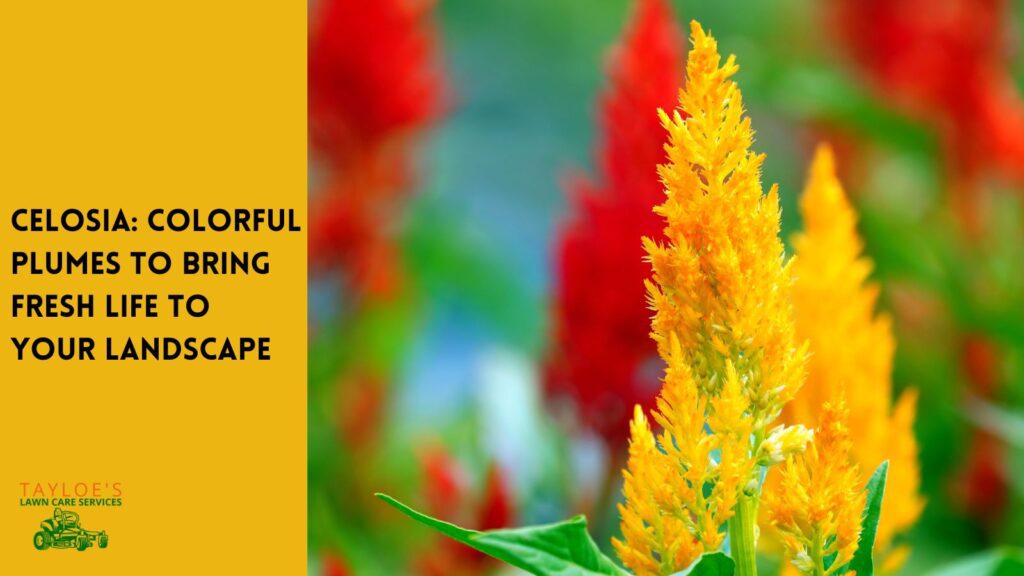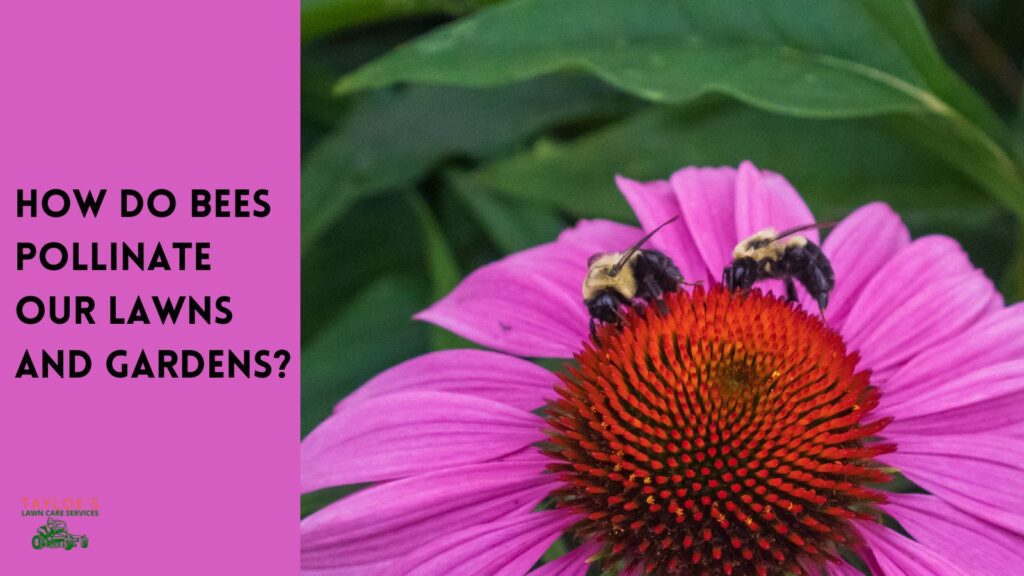Last Updated on: 7th August 2024, 06:23 am
These 15 pollinator-attracting flowers will increase a healthy lawn garden.
Why should you include pollinator flowers in your landscape planning?
Pollination plays a significant role in the success of garden health. The process directly affects the production of blossoms, fruits. and seeds of all plants, from the grass under your feet to landscaping trees that grow tall above you. Without pollination, many plants will not bear seeds, resulting in decreased yields and an overall less productive garden. Gardeners can enjoy a bountiful harvest and a thriving environment by growing companion plants and flowers that attract helpful pollinators.
These Facts About Pollination Explain Why You Should Plant Pollinator Flowers
Pollination is the transfer of pollen from a flower’s male parts (anthers) to the female parts (stigma). This process is crucial for the fertilization and reproduction of plants. In many cases, plants rely on various pollinators to help facilitate this process.
When a pollinator, such as a bee, visits a flower to gather nectar or pollen, some pollen from the flower’s anther (the male reproductive organ) sticks to the pollinator’s body. As the pollinator moves to the next flower, some of this pollen rubs off onto the stigma (the female reproductive organ). This transfer of pollen results in fertilization, allowing the plant to produce seeds and fruit.
Without pollinators, many plants would be unable to reproduce. Pollinators are essential for most plants, including the native plants in our landscapes and wild areas. Bees are the most well-known pollinators. But many other insects (like butterflies, moths, and beetles), birds, and even mammals (like bats) also play essential roles in pollination.
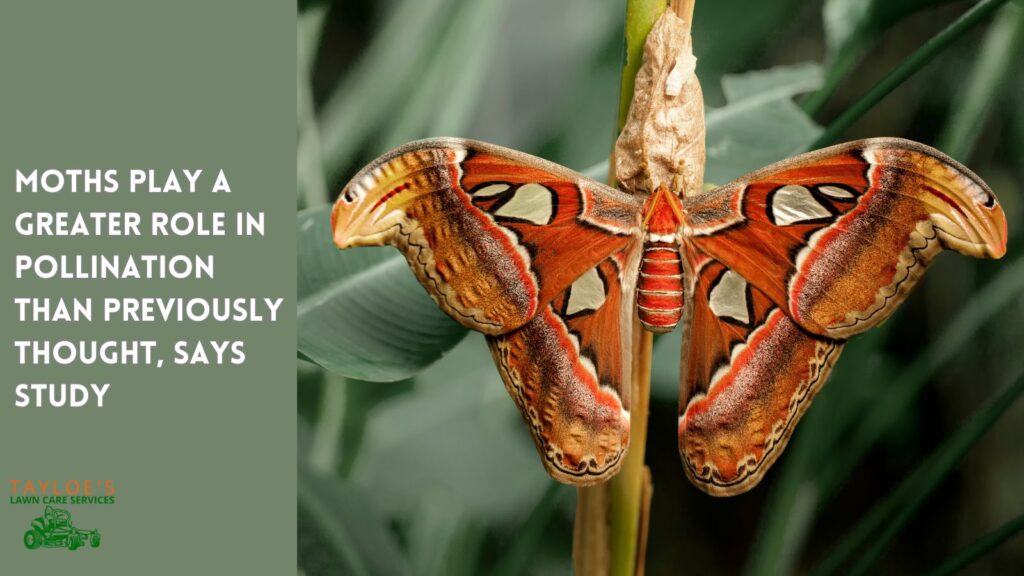
Types of Pollinator Flowers
A diverse range of pollinators can help facilitate the pollination process. Some common pollinators include these:
- Bees: Various species of bees are essential pollinators for many flowering plants. They collect nectar and pollen as food sources for their hive and, in the process, transfer pollen between flowers.
- Butterflies: Butterflies are attracted to brightly colored flowers and help pollinate plants as they feed on nectar.
- Hummingbirds: These tiny birds are attracted to tubular-shaped flowers and contribute to pollination as they hover and feed on nectar.
- Night Pollinators: Bats and moths also play a crucial role in pollination, particularly for plants that release their scent and nectar during nighttime. These nocturnal pollinators help fertilize flowers while feeding on nectar or pollen.
By understanding the pollination process and the various types of pollinators, gardeners can make informed decisions when selecting flowers to enhance their gardens and support a diverse range of pollinators.
What Makes Some Plants Better Pollinator Flowers Than Others?
All flowering plants need some form of pollination to reproduce, whether self-pollination, wind pollination, or animal pollination. However, not all flowers are equally attractive or beneficial to pollinators. Here’s why:
- Nectar and Pollen Production: Pollinators enjoy flowers that provide rich nectar and pollen sources. Some flowers produce more of these substances than others. For example, plants in the aster family, such as sunflowers and daisies, are often excellent sources of nectar and pollen for various pollinators.
- Flower Shape: The shape of a flower can determine which types of pollinators can access its nectar and pollen. For example, flowers with long, tube-shaped blossoms are often visited by pollinators with long tongues, like butterflies and hummingbirds. In contrast, bees often favor flowers that provide a landing platform.
- Flower Color and Scent: Different pollinators are attracted to different colors and scents. Bees, for example, are particularly attracted to blue, purple, and yellow flowers and can see ultraviolet patterns that guide them to nectar. Moths and bats are night pollinators drawn to white or pale flowers with strong night-time scents.
- Native vs. Non-Native Plants: Native plants are often more beneficial for local pollinators because they have co-evolved and are adapted to each other’s needs. Some non-native or highly bred plants may not provide suitable or accessible nectar and pollen for local pollinators.
- Flowering Time: Flowers that bloom early in the spring or late in the fall can provide crucial food sources for pollinators when little else is blooming.
So, while all flowers technically serve as pollinator flowers, some are better than others at attracting and providing for different pollinators. Variety is vital, and a mix of flowering plants that bloom at different times can support a diverse range of pollinators throughout the growing season.
Benefits of Installing Pollinator Flowers Near Your Food Garden
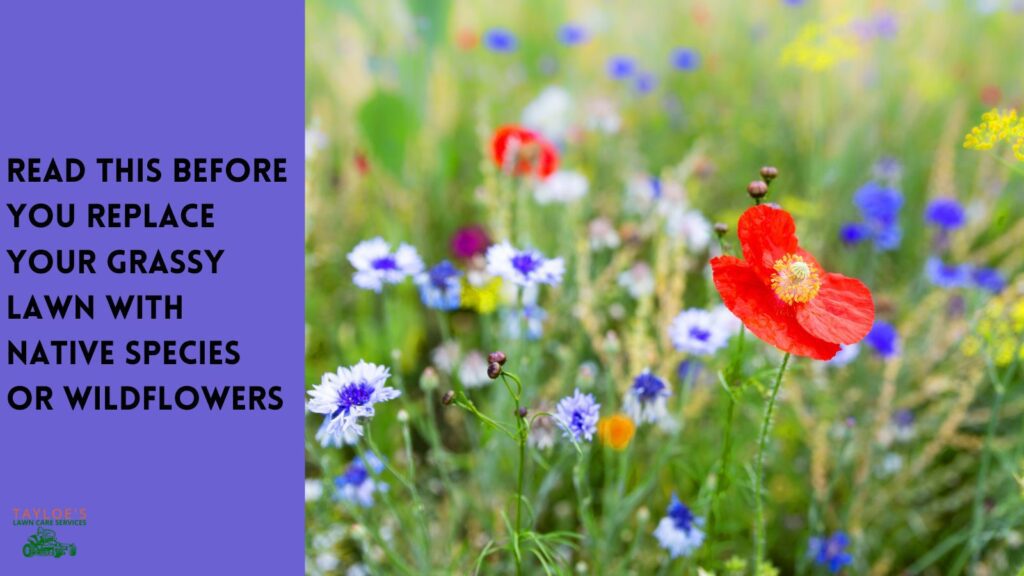
1 – Attracting pollinators
Incorporating flowers into your landscape plan is an excellent way to attract a diverse range of pollinators. These plants provide essential food sources, such as nectar and pollen, that encourage pollinators to visit your garden and, in turn, help pollinate your plants. By creating a garden rich in flowering plants, you can support the needs of various pollinators and boost your results.
2- A pollinator garden may lead to Increased vegetable yields
A well-pollinated vegetable garden can increase yields and a more bountiful harvest. As pollinators visit your garden to feed on nectar and pollen from flowers, they transfer pollen from one plant to another, ensuring the fertilization of your vegetable plants. The result is a more productive garden, providing you with a greater quantity and variety of fruits and vegetables.
3 – Enhanced garden aesthetics
Flowers not only serve a practical purpose, but they also contribute to its overall beauty and appeal. Adding colorful, diverse, and visually appealing flowers to your garden beautifies the space. Flowers can also encourage you to spend more time in your garden. That extra effort can lead to better maintenance and care of your plants.
4 – A pollinator garden adds to biodiversity
A garden with various flowering plants supports various pollinators and other beneficial insects. Pollinator plants and flowers contribute to a healthier ecosystem within your garden. Supporting biodiversity in your landscape planning can lead to a more balanced environment, which can help to manage pests and promote overall plant health naturally.
Adding flowers to your garden beds is a simple and effective way to attract pollinators, enhance garden aesthetics, and support biodiversity. By incorporating a diverse range of flowering plants, you can create a more productive and visually appealing garden that benefits you and the environment.
Choosing the Right Pollinator Garden Flowers
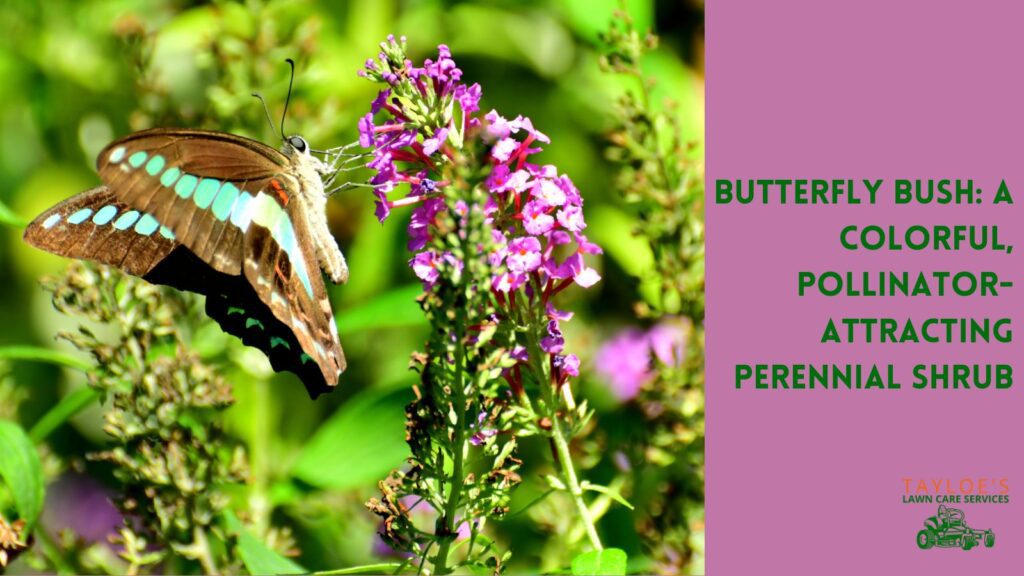
Annuals versus perennials
When selecting flowers to attract pollinators, please consider the differences between annuals and perennials. Annuals are plants that complete their life cycle in one growing season, producing flowers and seeds and then dying. These plants typically provide continuous blooms throughout the season, attracting pollinators for an extended period. Conversely, perennials are plants that live for more than two years, returning year after year. They may have shorter bloom periods but offer long-term benefits to your garden. A mix of annuals and perennials can provide ongoing color and pollinator support throughout the growing season.
USDA planting zones
When choosing flowers for your garden, it’s essential to consider your local climate and USDA planting zone. The United States Department of Agriculture (USDA) has divided North America into hardiness zones based on average minimum winter temperatures. Selecting plants suited to your zone ensures they will thrive in your specific climate conditions and provide the best support for pollinators.
To make the most of your gardening efforts, consider various flowers’ growth habits, bloom times, and climate preferences. By selecting a diverse range of plants that thrive in your USDA planting zone, you can create a garden that supports pollinators and encourages increased pollination throughout the growing season.
Fifteen Pollinator Flowers That Look Gorgeous and Attract Pollinating Insects
Here are fifteen fantastic flowers to check out, separated by annual and perennial.
Annual pollinator flowers
- Sunflowers (Helianthus annuus): Sunflowers are beloved by bees and other pollinators for their large, nectar-rich blooms. They come in various sizes and colors and make a striking addition to any garden. USDA planting zones: 2 to 11
- Zinnias (Zinnia elegans): These vibrant, easy-to-grow flowers attract bees, butterflies, and hummingbirds. Zinnias bloom continuously throughout the season, providing ongoing color and pollinator support. USDA planting zones: 3 to 10
- Marigolds (Tagetes spp.): Marigolds offer bright blooms that attract pollinators and have a reputation for repelling certain garden pests. They are low maintenance and grow well in most conditions. USDA planting zones: 2 to 11
- Cosmos (Cosmos bipinnatus): Cosmos are delicate, daisy-like flowers that attract bees, butterflies, and other beneficial insects. They are heat-tolerant and easy to grow from seed. USDA planting zones: 2 to 11
- Nasturtiums (Tropaeolum majus): These colorful flowers are attractive to pollinators and edible for humans. They have a slightly peppery taste and can be added to salads for a splash of color. USDA planting zones: 9 to 11
- Calendula (Calendula officinalis): With bright orange and yellow blooms, calendula attracts a variety of pollinators and is known for its medicinal properties. USDA planting zones: 2 to 11
- Sweet Alyssum (Lobularia maritima): This low-growing, fragrant plant attracts beneficial insects like hoverflies, which help control aphids. Sweet alyssum makes a great border or ground cover in your flower beds. USDA planting zones: 5 to 9
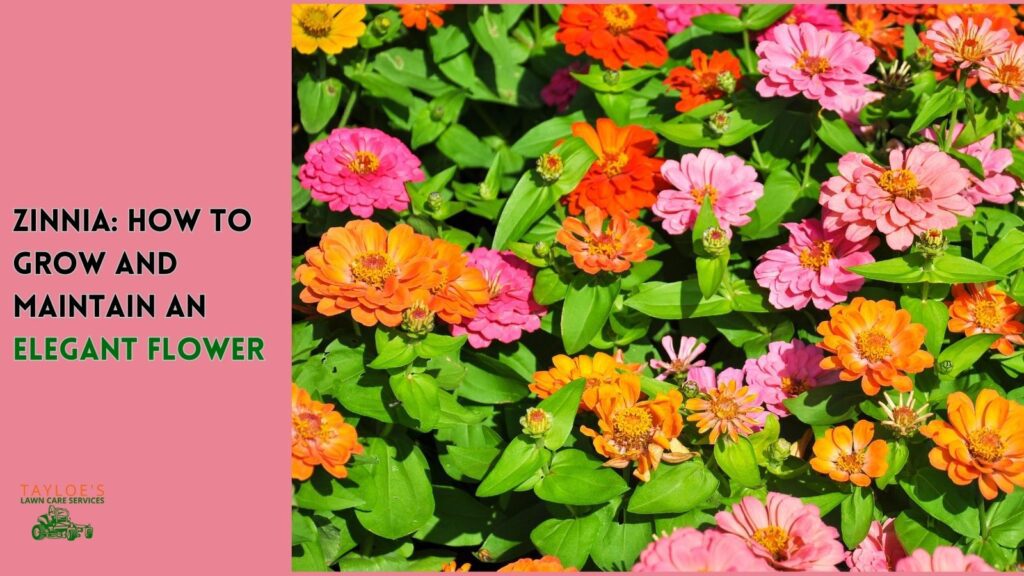
Perennial pollinator flowers
- Lavender (Lavandula spp.): This fragrant, drought-tolerant plant is a favorite of bees, butterflies, and other pollinators. It also has culinary and medicinal uses. USDA planting zones: 5 to 9
- Coneflowers (Echinacea spp.): Coneflowers are easy-to-grow native plants that attract bees, butterflies, and even songbirds when they go to seed. USDA planting zones: 3 to 9
- Yarrow (Achillea millefolium): Yarrow is a hardy, drought-tolerant plant that produces small flower clusters, attracting pollinators. USDA planting zones: 3 to 9
- Bee Balm (Monarda didyma): This aptly named plant is a favorite of bees, butterflies, and hummingbirds. Bee balm also has medicinal properties and is used to make tea. USDA planting zones: 4 to 9
- Salvia (Salvia spp.): Salvia, also known as sage, produces spikes of tubular flowers that are highly attractive to hummingbirds and bees. USDA planting zones: varies, but generally 5 to 10
- Goldenrod (Solidago spp.): This native plant produces bright yellow flowers that attract bees, butterflies, and other beneficial insects in late summer and fall. USDA planting zones: 3 to 9
- Butterfly Weed (Asclepias tuberosa): As its name suggests, butterfly weed is a magnet for butterflies, especially monarch butterflies. It’s also a host plant for monarch caterpillars, providing a place for them to feed and grow. USDA planting zones: 3 to 9
- Asters (Aster spp.): Asters are late-blooming perennials that provide a valuable nectar source for pollinators in the fall. They attract bees, butterflies, and other beneficial insects. USDA planting zones: 3 to 8
Incorporate a mix of these annual and perennial flowers into your landscape plan. You can create a vibrant, pollinator-friendly space that supports many beneficial insects and enhances overall health and productivity.
Planting and Caring for Your Pollinator Flowers
A well-planned and maintained pollinator garden can boost pollination in the area. It can also create a visually appealing and biodiverse environment. Here are some tips for planting and caring for your flowering pollinator garden:
Proper spacing and plant positioning
Consider the mature size and growth habits of the flowers to ensure proper spacing. Provide enough room for each plant to grow and flourish without overcrowding, which can lead to competition for resources and increased susceptibility to pests and diseases. Additionally, consider the sunlight requirements of each plant and position them accordingly to ensure they receive adequate light for optimal growth.
Soil, water, and sunlight requirements
Different flowers have varying requirements for soil, water, and sunlight. Research the specific needs of each plant in your pollinator garden and provide the appropriate conditions to promote healthy growth. Most flowering plants prefer well-draining soil, regular watering, and at least six hours of sunlight daily. However, some plants may have unique requirements, so it’s essential to be familiar with the specific needs of each plant in your garden.
Pest and disease management
A healthy, biodiverse garden can often manage pests and diseases naturally. However, you should monitor your garden regularly for signs of trouble and address them promptly. Encourage beneficial insects, such as ladybugs and lacewings, which prey on common garden pests. When necessary, use organic or least-toxic methods to control pests and diseases, as chemical pesticides can harm pollinators and disrupt the balance of your garden’s ecosystem.
Supporting native pollinators
When selecting flowers for your garden, consider incorporating native plants, well-adapted to your region and provide valuable resources for local pollinators. Native plants often require less maintenance, as they are adapted to the local climate and soil conditions. Additionally, they support the specific needs of native pollinators, which can further enhance pollination in your garden.
Planting and caring for a flowering pollinator garden can significantly boost pollination in your yard, resulting in increased yields and a healthier ecosystem. You create an inviting and productive space by carefully selecting and maintaining a diverse range of flowers. Both you and the pollinators in your garden will enjoy it.

The Takeaway: Pollinator Flowers Add Beauty and Bounty
Incorporating a pollinator garden or flowers is an effective way to attract and support pollinators. It increases health and makes more vibrant garden spaces. By understanding the importance of pollination and the role of various pollinators, you can make informed decisions when selecting flowers that best suit your garden’s needs.
Choose a mix of annual and perennial flowers and consider the specific needs of each plant to create a thriving pollinator-friendly environment. With proper care and maintenance, your flowering pollinator garden will benefit your garden and create a balanced and biodiverse ecosystem.
So, whether you’re a seasoned gardener or just starting, consider adding many flowers to support pollinators and reap the benefits of increased pollination. Your garden, your harvest, and the environment will all benefit from your efforts.
Did you enjoy reading all about pollinator flowers and want more great landscaping and gardening content? Be sure to follow Tayloe’s Lawn Care Services on Facebook.
Author Profile

- Deborah Tayloe is the CEO and co-founder of Tayloe's Lawn Care Services, LLC. She has a B.S.Ed and holds certificates in soil and water management and herbology from accredited programs.
Latest entries
 GardeningSeptember 27, 2025What perennials, shrubs, and trees don’t like fall pruning (and why)?
GardeningSeptember 27, 2025What perennials, shrubs, and trees don’t like fall pruning (and why)? Trees and ShrubsSeptember 14, 2025Fall Shrub Pruning Guide (September–October)
Trees and ShrubsSeptember 14, 2025Fall Shrub Pruning Guide (September–October) Trees and ShrubsApril 22, 2025Boxwood Blight: Early identification and isolation
Trees and ShrubsApril 22, 2025Boxwood Blight: Early identification and isolation Flower GardenApril 8, 2025John F. Kennedy Rose: Hybrid tea rose with elegant white blooms
Flower GardenApril 8, 2025John F. Kennedy Rose: Hybrid tea rose with elegant white blooms

